6 Aquaculture Effects On Environment
By. Nevanda - 28 Jun 2023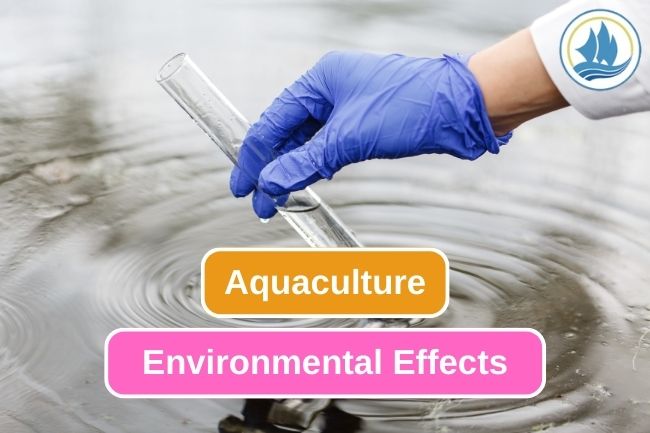
kelolalaut.com - Aquaculture, also known as fish farming, is a growing sector of the global food industry that involves the cultivation and harvest of aquatic organisms in controlled environments. The aquaculture business encompasses a wide range of species, including fish, shellfish, and plants, and it plays a crucial role in meeting the increasing demand for seafood while reducing pressure on wild fish populations.
Aquaculture, can have both positive and negative environmental effects. Here are some of the environmental effects associated with aquaculture:
1. Habitat Modification
The construction of aquaculture facilities such as ponds, cages, or pens can result in the modification or destruction of natural habitats such as wetlands, mangroves, or coastal areas. This habitat loss can have negative consequences for local ecosystems, including the displacement or loss of native species.
Read also: 5 Advantages Of Fish Salting Method
2. Water Pollution
Aquaculture operations can release various pollutants into surrounding water bodies. Fish excrement, uneaten feed, and chemicals used in aquaculture, such as antibiotics or pesticides, can enter the water and cause water pollution. This pollution can lead to eutrophication, harmful algal blooms, and a decline in water quality, affecting both aquatic organisms and nearby ecosystems.
3. Escapes and Genetic Interactions
Farmed fish escaping from aquaculture facilities can interbreed with wild populations, potentially diluting the genetic diversity of native species. Escaped farmed fish may also compete with wild fish for resources or introduce diseases or parasites to wild populations, further impacting local ecosystems.
4. Disease Transmission
Dense populations of fish in aquaculture facilities can increase the risk of disease outbreaks. Infectious diseases can spread quickly in these environments and can potentially affect both farmed and wild fish populations. To control disease outbreaks, antibiotics and other chemicals are sometimes used, which can further contribute to water pollution and the development of antibiotic-resistant bacteria.
Read also: 5 Stages Of Lobster’s Life Cycle
5. Feed and Resource Requirements
Aquaculture often requires large amounts of fishmeal and fish oil derived from wild-caught fish to feed farmed species, particularly carnivorous fish like salmon. This practice can contribute to overfishing and the depletion of wild fish stocks, impacting marine food chains and ecosystems.
6. Energy and Resource Consumption
Aquaculture operations can be energy-intensive and require resources such as water and electricity. The production of fish feed, construction of facilities, and transportation of fish and supplies contribute to greenhouse gas emissions and the consumption of fossil fuels, further contributing to climate change and environmental degradation.
Read also: Mouthwatering Low-Carb Salmon with Lemon Butter Sauce Recipe
.jpg)
The Impact of HACCP-Based Integrated Quality Management Programs on the Quality and Competitiveness of Fresh Demersal Fish Products
 and Employee Productivity on the Demersal Fish Processing Floor.jpg)
The Correlation Between Occupational Health and Safety (OHS) and Employee Productivity on the Demersal Fish Processing Floor
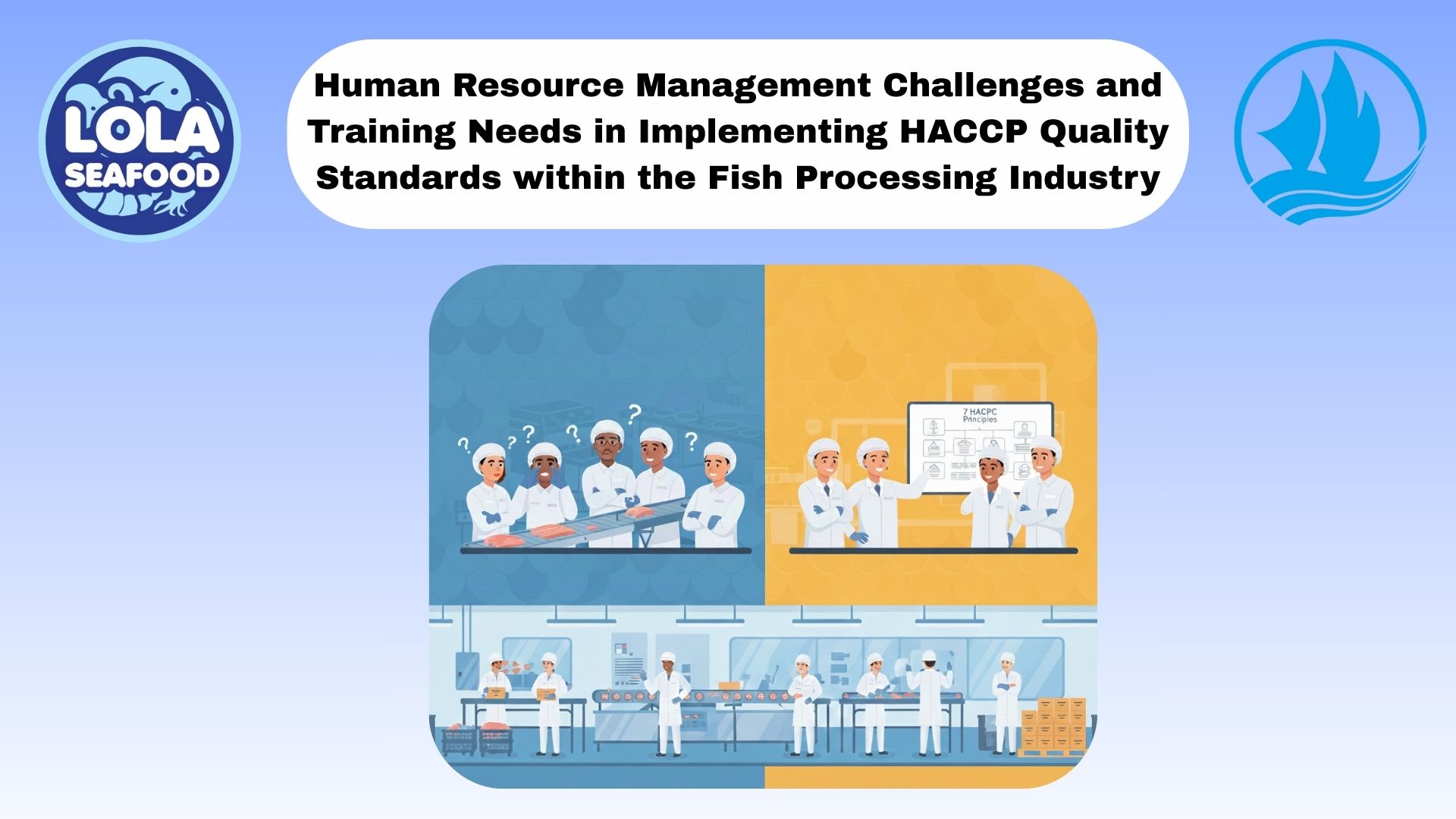
Human Resource Management Challenges and Training Needs in Implementing HACCP Quality Standards within the Fish Processing Industry
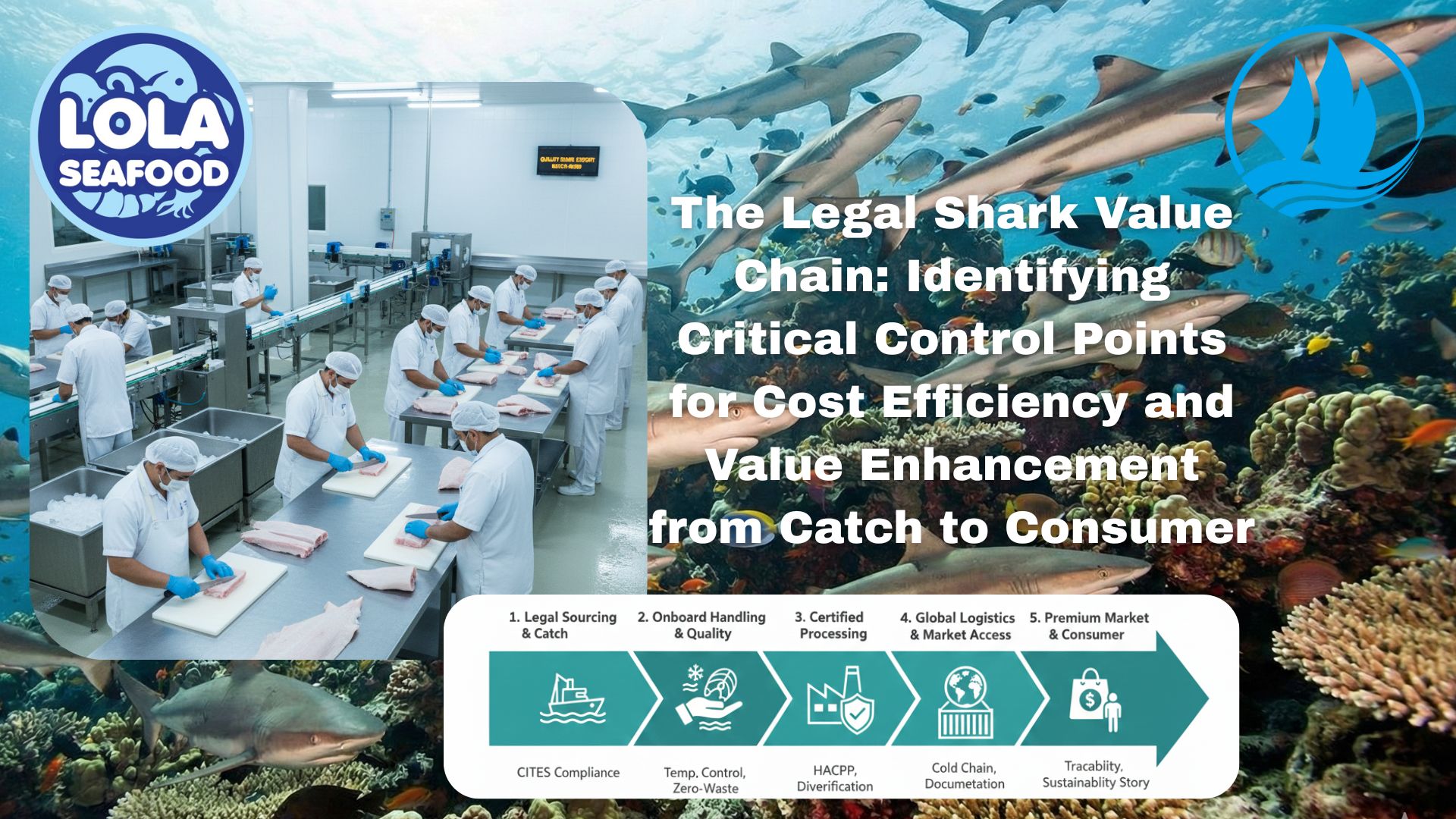
The Legal Shark Value Chain: Identifying Critical Control Points for Cost Efficiency and Value Enhancement from Catch to Consumer
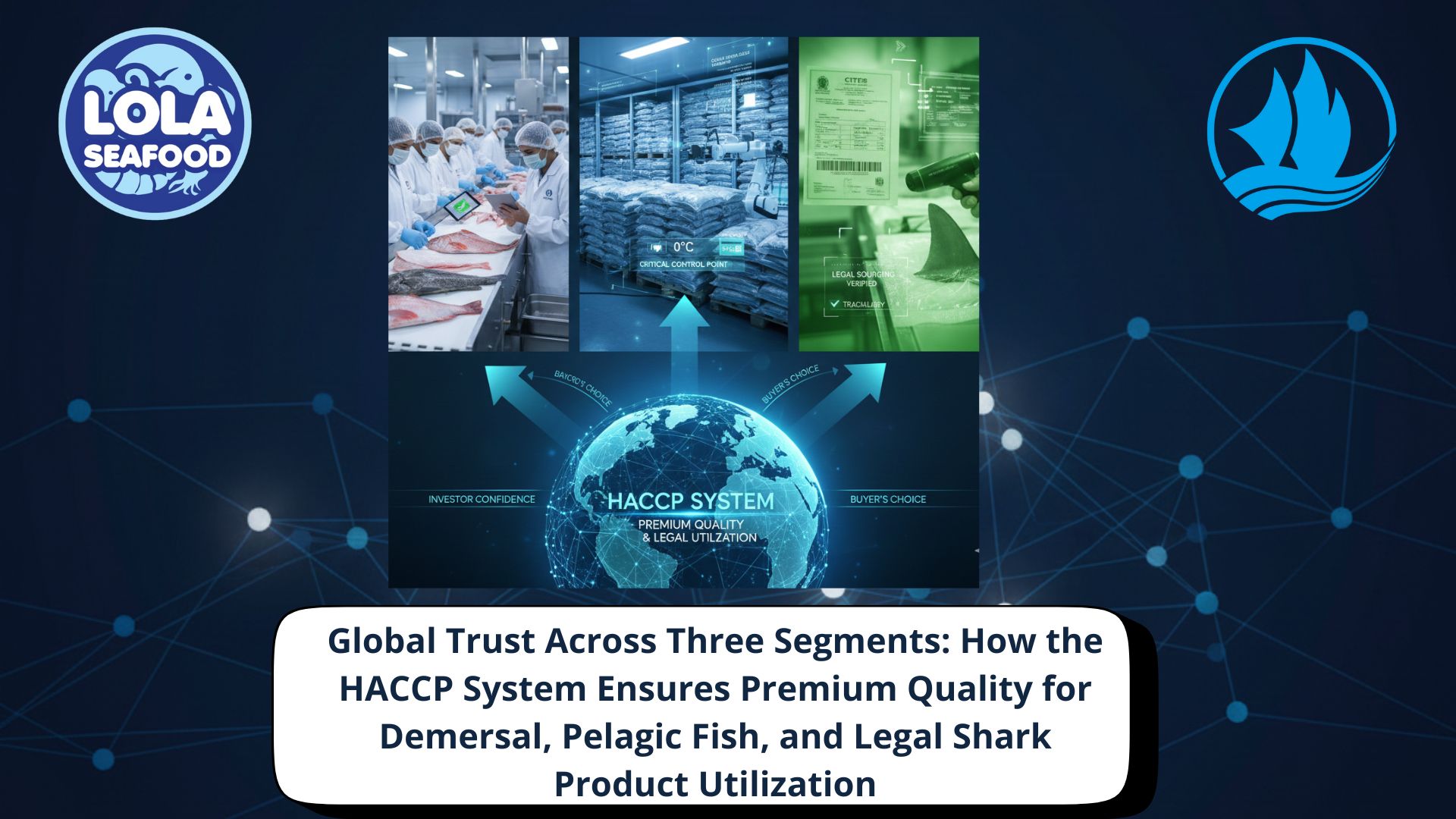
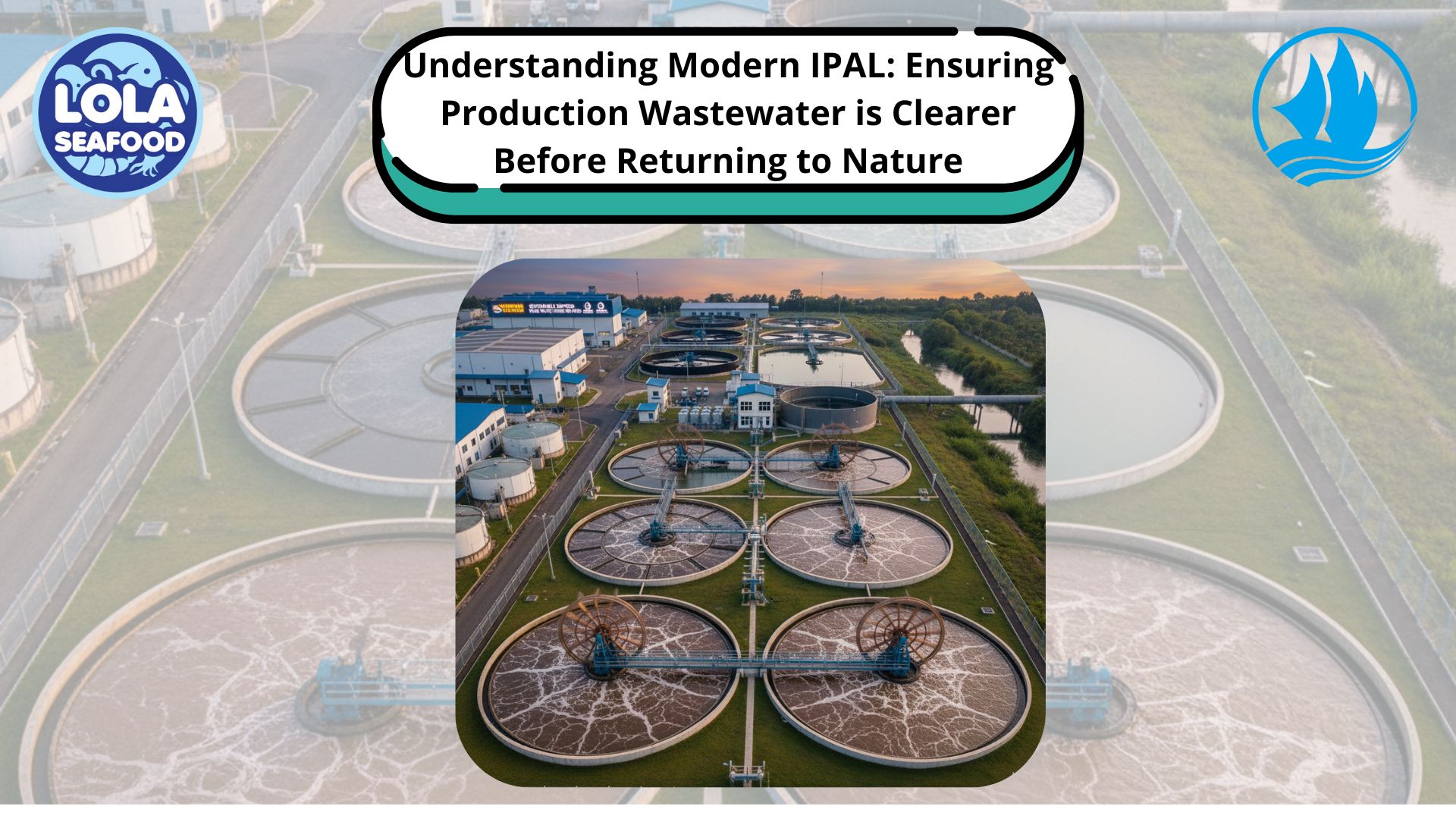
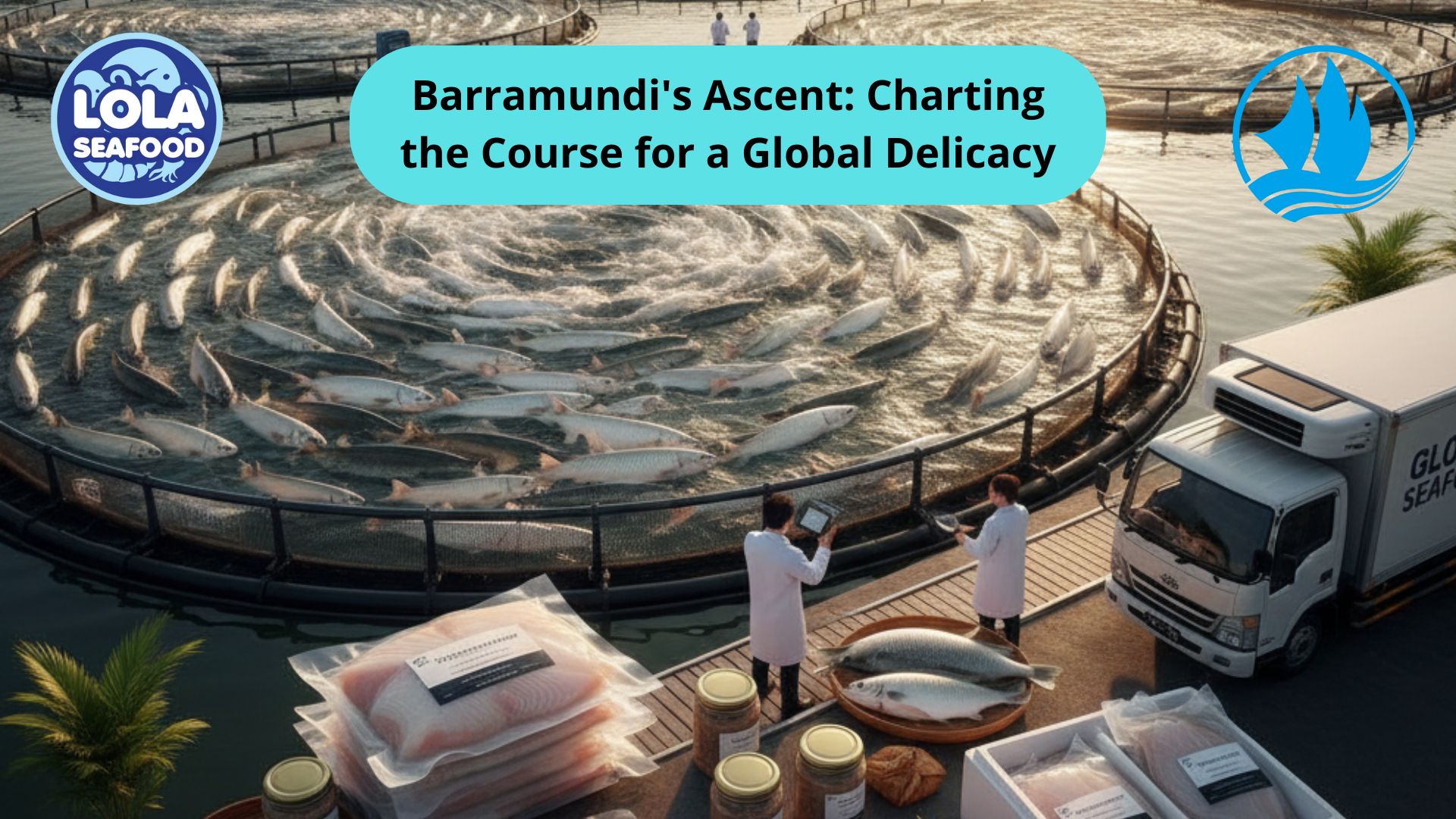
.jpg)
 in Meeting Global Protein Demand Sustainably.jpg)